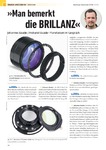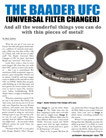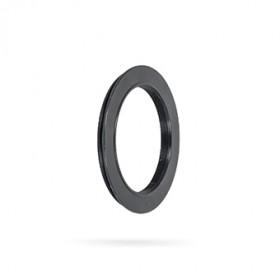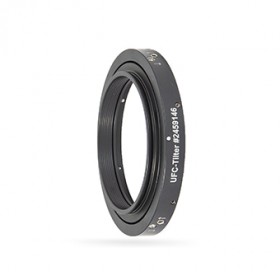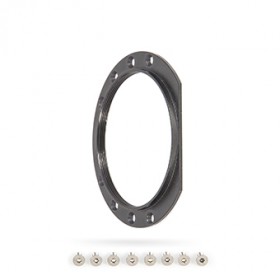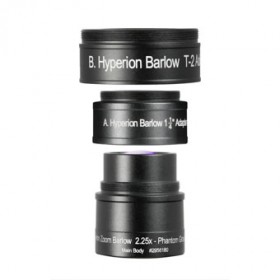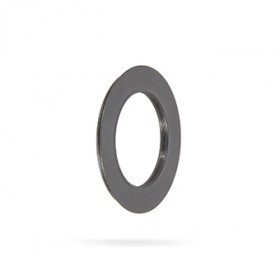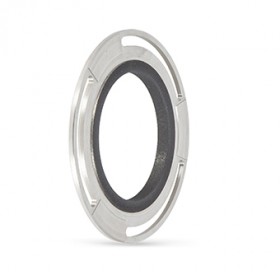Product Questions and Answers
Do you have a question about this product? Then we would like to ask you to first look through the existing questions and answers, most likely your question has already been answered and you will get the desired information much faster this way. Your question is not listed? Then please click on the button "Ask a question".
- Related Articles
-
Additional Information
| Manufacturer | Baader Planetarium |
|---|---|
| SKU (#) | 2459117 |
| EAN Code | 4047825033628 |
| Net weight (kg) | 0.03 |
| Optical length (mm) | 2 |
| Inner Diameter / Clear Aperture (mm) | 50 |
| Outer Diameter | 89 |
| Outer Connection (eyepiece/-camera-sided) | M54 x 1 |
| Type of Adapter | Reducing Adapter |
 Bedienungsanleitungen
Bedienungsanleitungen
 Technical Drawings
Technical Drawings
 Testberichte
Testberichte
> 300 Downloads
 Test Reviews
Test Reviews
> 100 Downloads
















